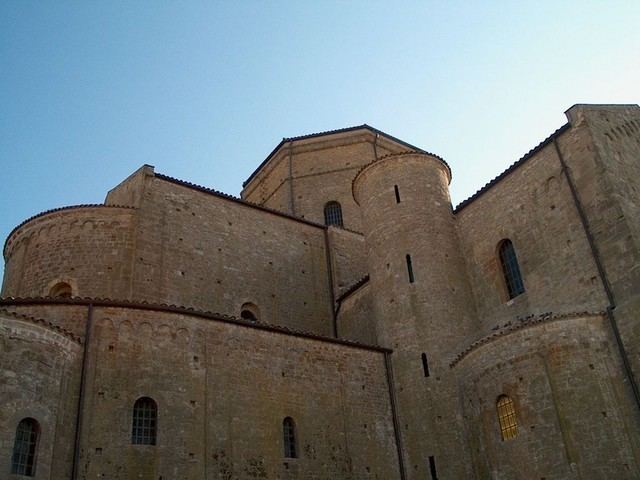Parishes 21 Area 1,250 km² Phone +39 0971 741291 Archbishop Francesco Sirufo | Established 4th century | |
 | ||
Population- Total- Catholics (as of 2011)42,81542,382 (99%) Cathedral Cattedrale dell’Assunzione della B. Maria Vergine Similar Arcidiocesi Di Potenza, Cattedrale di Santa Maria Ass, Caritas Diocesana, Santuario Madonna delle Gra, Arcivesco | ||
The Archdiocese of Acerenza (Latin: Archidioecesis Acheruntina) is a Roman Catholic ecclesiastical territory in southern Italy, included in the provinces of Lecce and Potenza. It has existed as a diocese since the fourth or fifth centuries. In the 11th century it was elevated to an archdiocese. In 1203 it was united with the diocese of Matera to form the Archdiocese of Acerenza and Matera. This was separated again in 1954, recreating the Archdiocese of Acerenza, which briefly became the Diocese of Acerenza in 1976 before reverting to an archdiocese in 1977. Its metropolitan is the Archdiocese of Potenza-Muro Lucano-Marsico Nuovo.
Contents
History
Acerenza was certainly an episcopal see in the course of the fifth century, for in 499 we meet with the name of its first known bishop, Justus, in the Acts of the Roman Synod of that year. The town was known in antiquity as the "high nest of Acherontia".
Acerenza was in early imperial times a populous and important town, and a bulwark of the territory of Lucania and Apulia. In the Gothic and Lombard period it fell into decay, but was restored by Grimoald II, Duke of Beneventum (687-689). An Archbishop of Acerenza (Giraldus) appears in 1063 in an act of donation of Robert Guiscard to the monastery of the Santissima Trinità in Venosa.
For a few years after 968 Acerenza adopted the Greek Rite in consequence of an order of the Byzantine Emperor Nicephorus Phocas (963-969), whereby it was made one of five suffragans of the archdiocese of Otranto, and compelled to acknowledge the jurisdiction of the Patriarch of Constantinople. Pope Urban VI (1378–89, Bartolommeo Prignano), was once Archbishop of Acerenza.
Acerenza Cathedral is one of the oldest and most beautiful cathedrals in Italy, known for a bust long supposed to be that of Saint Canius, patron of the city, to whom the cathedral is dedicated, but now judged to be a portrait-bust of Julian the Apostate, though others maintain that it is a bust of the Emperor Frederick II, after the manner of the sculptors of the Antonine age.
Bishops of Acerenza
Bishops or Archbishops of Acerenza
Archbishops of Acerenza and Matera
From 1203 to 1954 the archbishopric of Acerenza was joined to that of the Diocese of Matera to form the Archbishopric of Acerenza and Matera
